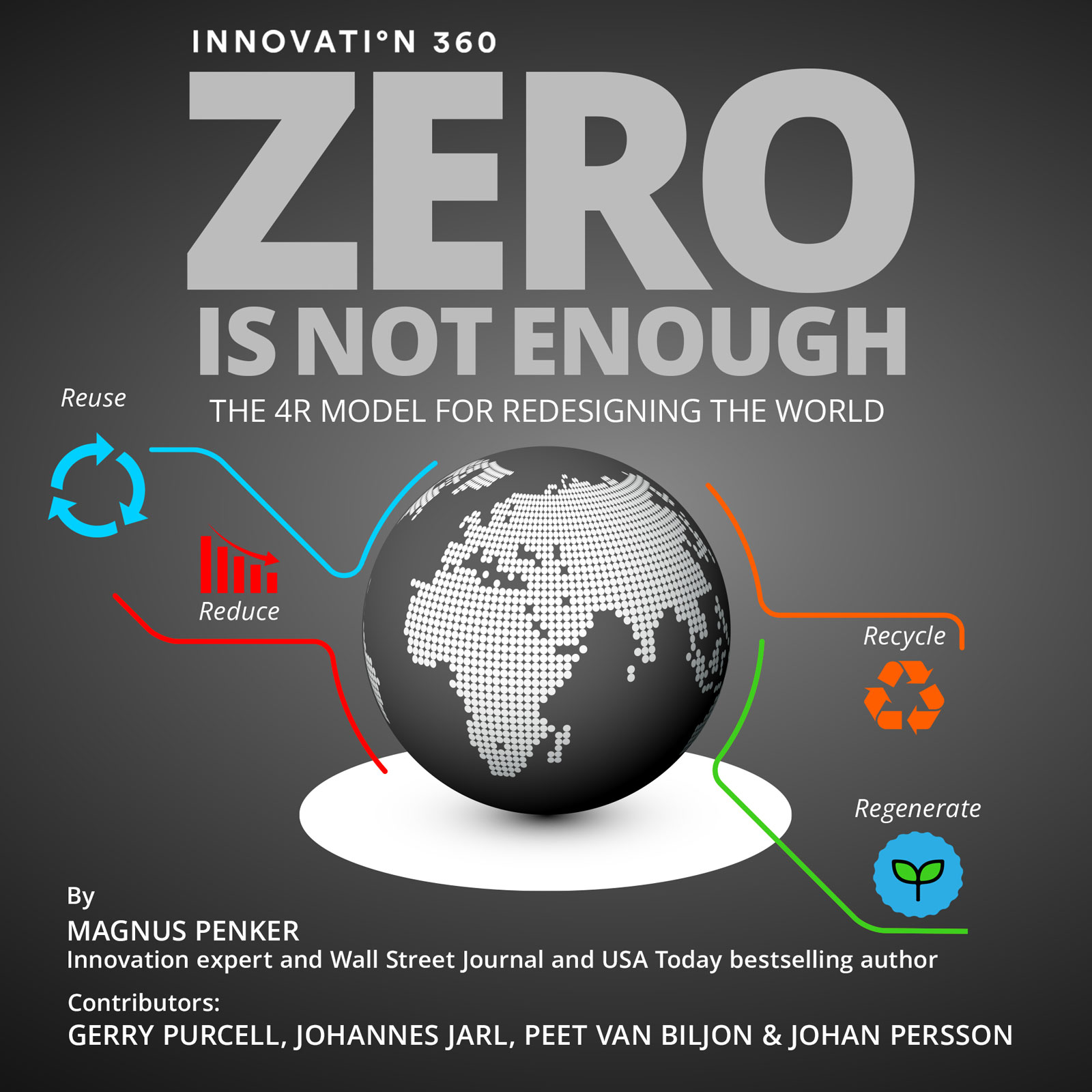Green Transformation
The EU and the international investment community have been actively mobilizing around ESG in recent years. Over 3,000 institutional investors representing more than USD 100 trillion in assets have already signed the Principles for Responsible Investment, a set of ESG-related investment principles, thereby pledging to incorporate ESG into their investment decision-making. In the United States, over $17 trillion (one-third) of professionally managed assets are currently invested in accordance with ESG guidelines.
Moreover, ESG principles have been incorporated into mandatory sustainability reporting in the EU for all companies with over 500 employees.
Individual investors, in particular the younger millennial and Gen Z generations, are also increasingly emphasizing investments that align with their values. Such investors incorporate ESG considerations into their individual investing decisions. The same trends are playing out in the job market, with younger workers being more willing to take a pay cut to work for a socially responsible company. There is also evidence that good ESG performance is positively correlated with good financial performance and vice versa.
The urgency and importance of the sustainability imperative faced by all humanity need no introduction. Whole production and consumption systems must be totally transformed within the next decades. To meet this great challenge of our generation, we must harness our collective ingenuity and energy to innovate solutions that solve many sustainability problems—what we call Green Innovation!
How?
So why is Green Innovation so hard? Even as we spend so much time on ESG initiatives, reports, and suitability strategies? Is it because we do not want to solve this problem? Is there no business case? Actually, it is because we do not know how to do it, just as we did not know, at first, how to produce a COVID-19 vaccine in one year instead of 10.
But we found a way to do it. But it does not have to be like that—and humankind has proven over and over again that it is possible to build capabilities and strategies for handling the unknown. As with any strategy, building the right capabilities that are aligned with the right strategy is the key to solving the ESG challenge and implementing the environmental changes that are needed. And this has to be measured.
We must understand the interplay of the systemic major factors on the planet. They can block, or amplify, each other. Isolating them is the biggest mistake as that might not only reduce the chances of success, but actually make things worse. This is the only way to mitigate the risks, rethink our business models and value chains, and create sustainable growing industries.
Sustainability work should (arguably) be prioritized in the following order:
- BIOSPHERE: The life support systems upon which prosperity and development ultimately rest.
- SOCIETY: A group of people with common territory, interaction, and culture.
- ECONOMY: The large set of interrelated production and consumption activities that helps determine how scarce resources are allocated.
Green Transformation
To move toward a regenerative state in which we restore and fix the biosphere, society, and the economy, it is imperative to create more value, not less (as some say we should). According to many surveys, less than 10% of all organizations have these kinds of innovation and transformation capabilities in place—basically making it impossible to achieve. But assessing and building the right capabilities and moving from reactive solutions to systemic ones is possible and can be a structured process. To tackle this, we have developed the SOI Sustainnovation360TM, which groups 12 pillars into four categories that are measured and analyzed. Based on this assessment, capabilities can be built to prepare for transforming the organization, the processes, the business model, and the actual supply chain and design of products and services.
In parallel with assessing and transforming the organization, waste needs to be reduced and regenerative models implemented to go beyond net zero. For this, we apply our 4R model of four steps to eliminating and restoring (in combination with value mapping, stakeholder analysis, and innovation sprints):
- Reducing the use of fossil fuels in line with zero-carbon practices for producing steel (e.g., in the process of refining iron), where Sweden is at the forefront.
- Reusing (encouraged by laws that products should be repairable, which is the case in France).
- Recycling (up to 90% in most parts of the developed world), and the 4th R,
- Regenerating. A classic approach is to plant trees that store carbon dioxide. This is also called removal (which is, together which long-term storage, called carbon dioxide utilization).
Related Blog Posts
Result
- A transformed response organization dealing with issues in a systematic way and not ad hoc creating new problems while solving old problems.
- An agile, fast, and profitable organization with high growth potential.
- Defined current state, clear goals toward net zero and beyond.
- Defined internal and external gaps (also called indirect effects or Scope 3) to be closed and a tangible plan for closing them.
- The E-part of the ESG reporting structure in place with a plan, goal, and readiness for transformation and delivery.


